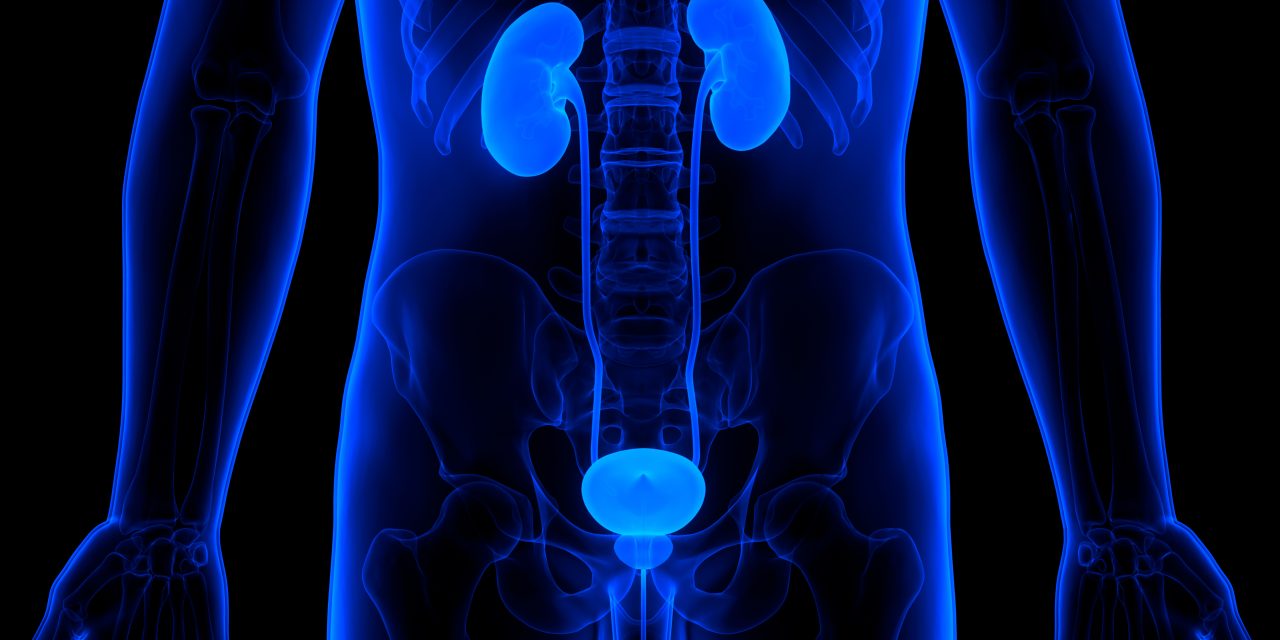It is not certain from current evidence which patient groups with non-visible haematuria (NVH) require urgent investigation and which investigations are sufficient. We report referral outcomes data from Scotland to identify patient groups who will benefit from urgent assessment to rule out urological cancer (UC) and whether full set of investigations are necessary in all referred patients.
Data were collected from electronic patient records for patients referred with NVH to secondary care urology services between July 2017 and May 2020. The correlations between risk factors and final diagnosis were assessed using categorical variables in a multivariate logistic regression analysis and using chi-squared models. Statistical analysis was performed using IBM SPSS data editor version 25.
Our study cohort comprised 525 patients (43.4% males; median age 66 years), in which UC was diagnosed in 25 patients (4.8%). Age > 60 years had sensitivity and NPV for UC of 92% and 99%, respectively. Univariate and multivariate analysis showed male sex, age ≥ 60 years and smoking were significant predictors of UC in patients with NVH (p < 0.05). There was no significant difference in UC in patients with history of LUTS, anticoagulation and previous UC.
The risk of urologic cancer in NVH patients is significant and male gender, age ≥ 60 years and smoking are significant predictors of UC. Patients with risk factors of UC require complete assessment of both the upper and lower urinary tract; however, in the absence of risk factors, patients do not require urgent or complete assessment.
Does non-visible haematuria require urgent assessment? A retrospective cohort study from a university teaching hospital.


